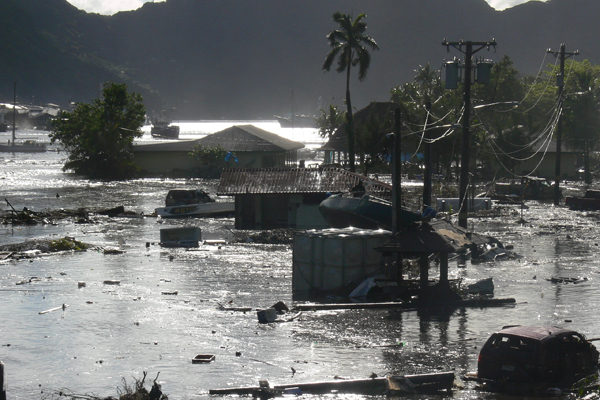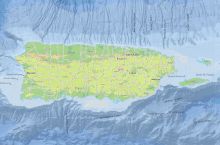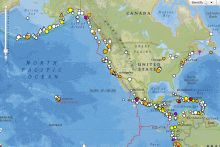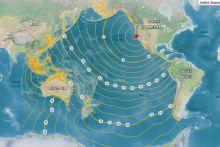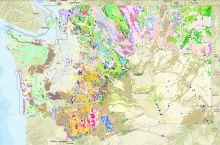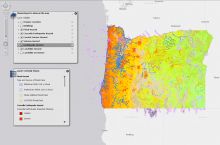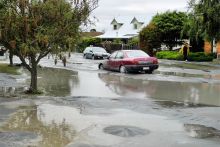Tsunamis are destructive waves caused by sudden displacement of ocean water. Tsunamis most often appear on shore as a rapidly receding tide or rapidly rising flood. In the United States, the Pacific coastal states – Oregon, Washington, California, Alaska, and Hawaii – are at greatest risk for destructive tsunamis.
Basics
A tsunami is a series of waves formed in a body of water by the sudden displacement of the entire water column. Most large tsunamis are caused by undersea earthquakes, though landslides, volcanic eruptions, explosions, and even meteorite impacts can also cause them. Tsunamis commonly appear on shore as a rapidly receding tide or rapidly rising flood. Tsunamis sometimes provide natural warning signs to people living on coasts, especially close to the tsunami-causing event, such as a rapidly receding tide prior to the waves' arrival. Global monitoring systems also provide critical early warning to coastal populations.[1] Read more

